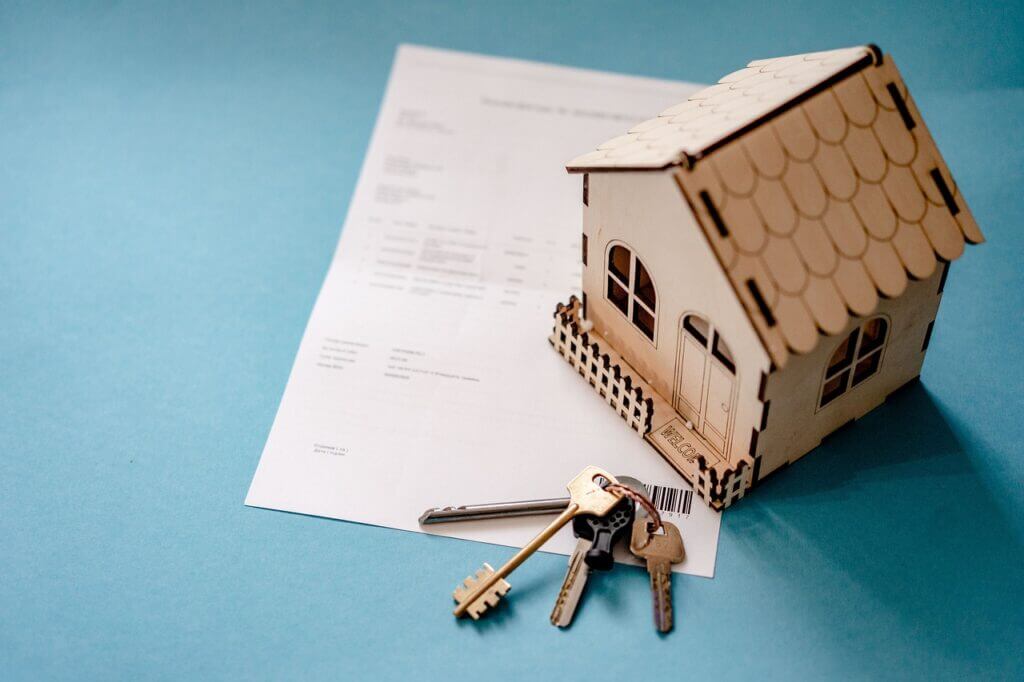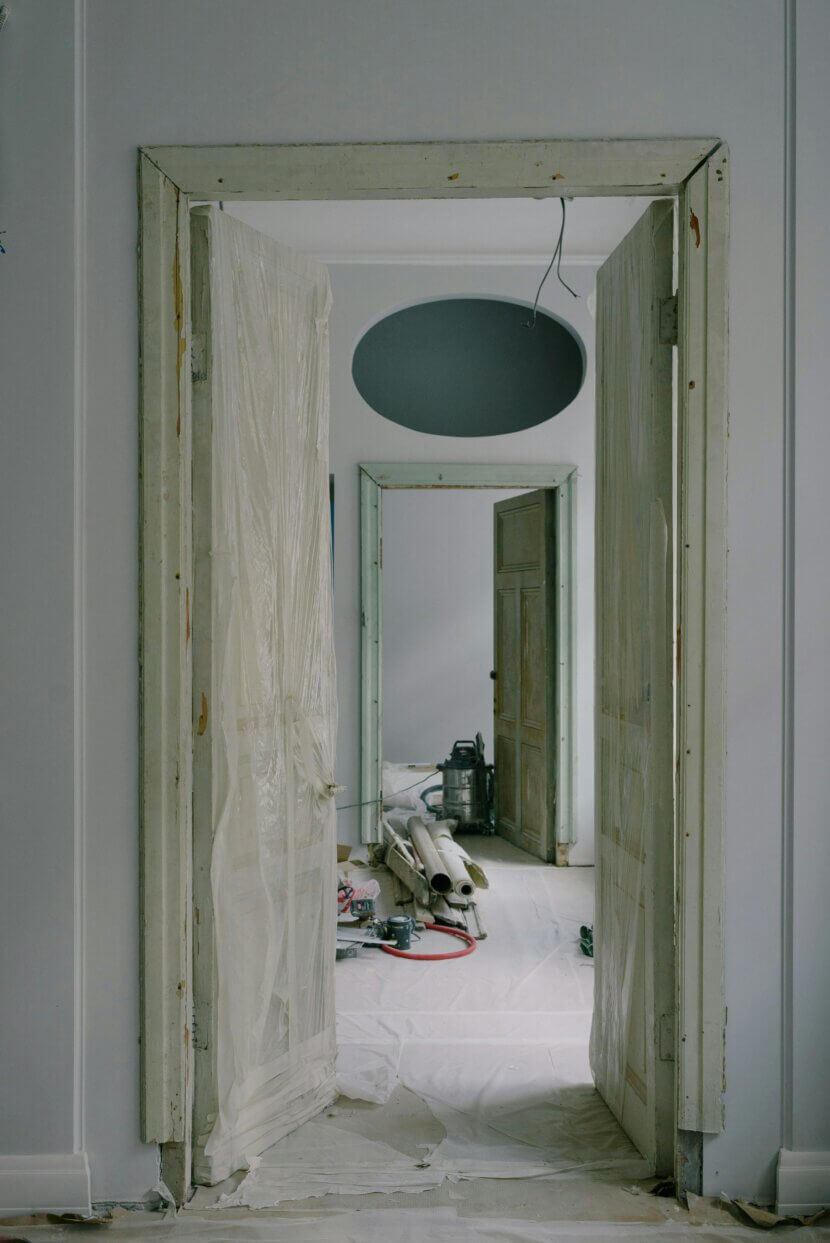Not only are various criteria decisive for the real estate value, there are also different calculation methods.
First things first: the price of a property and its value are not the same thing. It is true that the value, specifically the market value, of an apartment or house is the basis for determining the purchase price. However, while this is based on supply and demand, objective criteria are decisive for the value. “These are the location, age, area and condition of the property, and increasingly also the sustainability, size and configuration of the plot,” says Martin Roth, court expert for property valuation.
Location, location, location
It plays the main role in the value of a property. “The better it is, the higher the land value,” says Roth. This influences the market value the most, as it costs the same to construct a building in a good or bad location. How this is valued also depends on various factors: For example, it is not only the connection to public transport and infrastructure such as stores, kindergartens, schools, doctors, but also the immediate and wider surroundings that are important. However, the valuation of the location is not set in stone: if, for example, a logistics center is built on the edge of a residential area, the location loses value. Conversely, the expansion of broadband or the construction of a subway with a new station near the property increases its value.
Old, but still worth something?
The fact is that houses and apartments lose value over the years. However, the loss in value can be reduced if the property is kept in good condition. Anyone who now thinks they should thermally renovate their home and install an environmentally friendly heating system before selling can breathe a sigh of relief. “Of course, sustainability has become a huge issue. But these measures don’t increase the value of the property, they only reduce the loss in value,” says Roth. Therefore, the installation of the new heating system should be left to the buyer. It is similar with the furnishings: furniture and the like are not included in the valuation. “Whether you like them or not is in the eye of the beholder,” says the valuation expert.
Value-reducing easements on the property
Usufructuary rights or a right of residence reserved by the seller significantly reduce the value of a property – especially if the beneficiaries still have a relatively long statistical life expectancy. Other easements, such as rights of way and pipeline rights, but also contamination, would have to be valued individually. The same applies to the location in a danger zone and the like.
All good things come in threes
The Property Valuation Act provides for a choice of three different methods for the valuation of residential properties – the asset value method, the comparative value method and the capitalized earnings value method. With the asset value method, the land value is determined and then the construction value is calculated on a pro rata basis. This is 100 percent in the year of construction and zero percent at the end of the total economic life. It is therefore necessary to calculate how high the current construction value is on the valuation date. The sum of the construction period value, land value and outdoor facilities then gives the market value. It is mostly used for detached and semi-detached houses.
In the comparative value method, the market value is determined by comparing prices that have been established for similar properties. Condominiums and land are usually valued in this way.
The income capitalization approach, on the other hand, focuses on the future income of the property, which is discounted over the remaining useful life. It is determined by capitalizing the expected or generated net income at an appropriate interest rate and in accordance with the expected useful life of the property. This method is used for properties intended to generate income, i.e. long-term rented apartments, apartment buildings or commercial properties.

Real estate value calculation: Online tools or professionals?
Various tools are now available on the internet to calculate the property value yourself. According to Roth, these can only provide an initial rough estimate based on average values, whereas an appraisal by an expert takes into account the individual property and all its special features, as well as rights and encumbrances.
Related posts:
How is the real estate transfer tax calculated?













